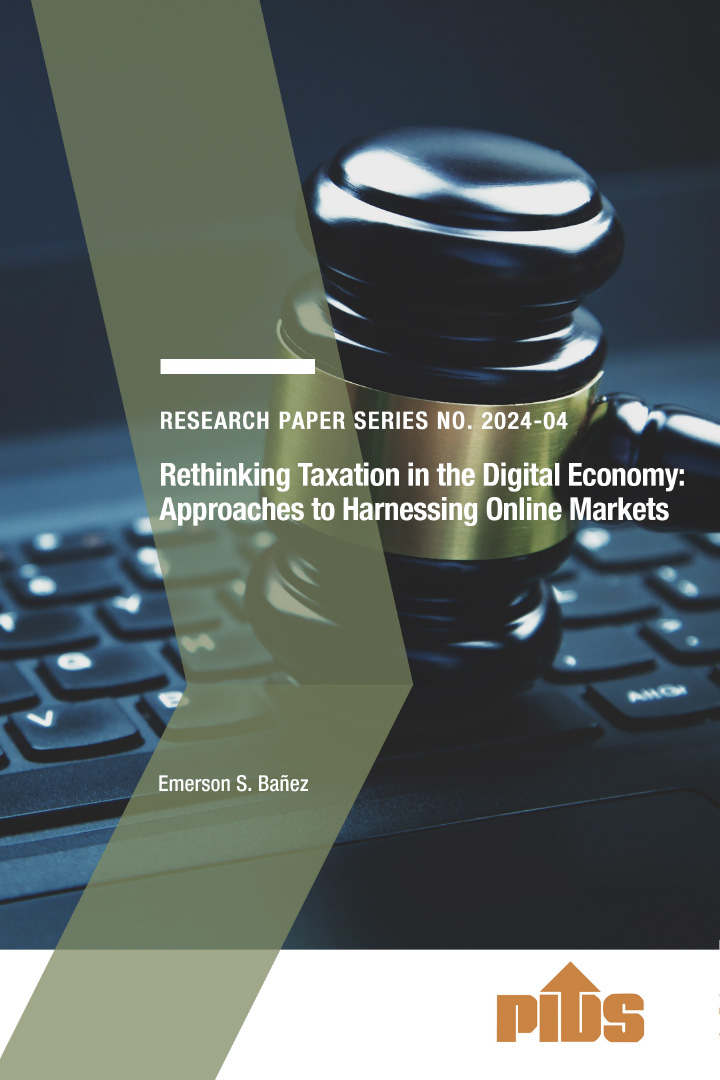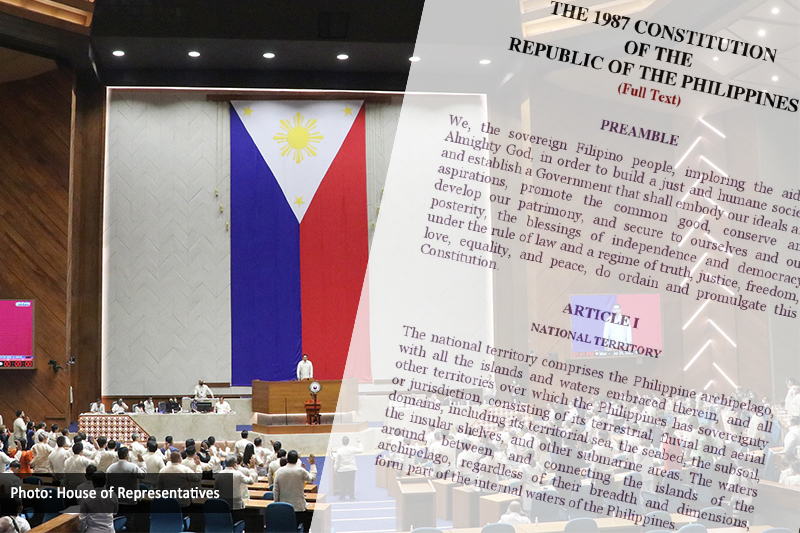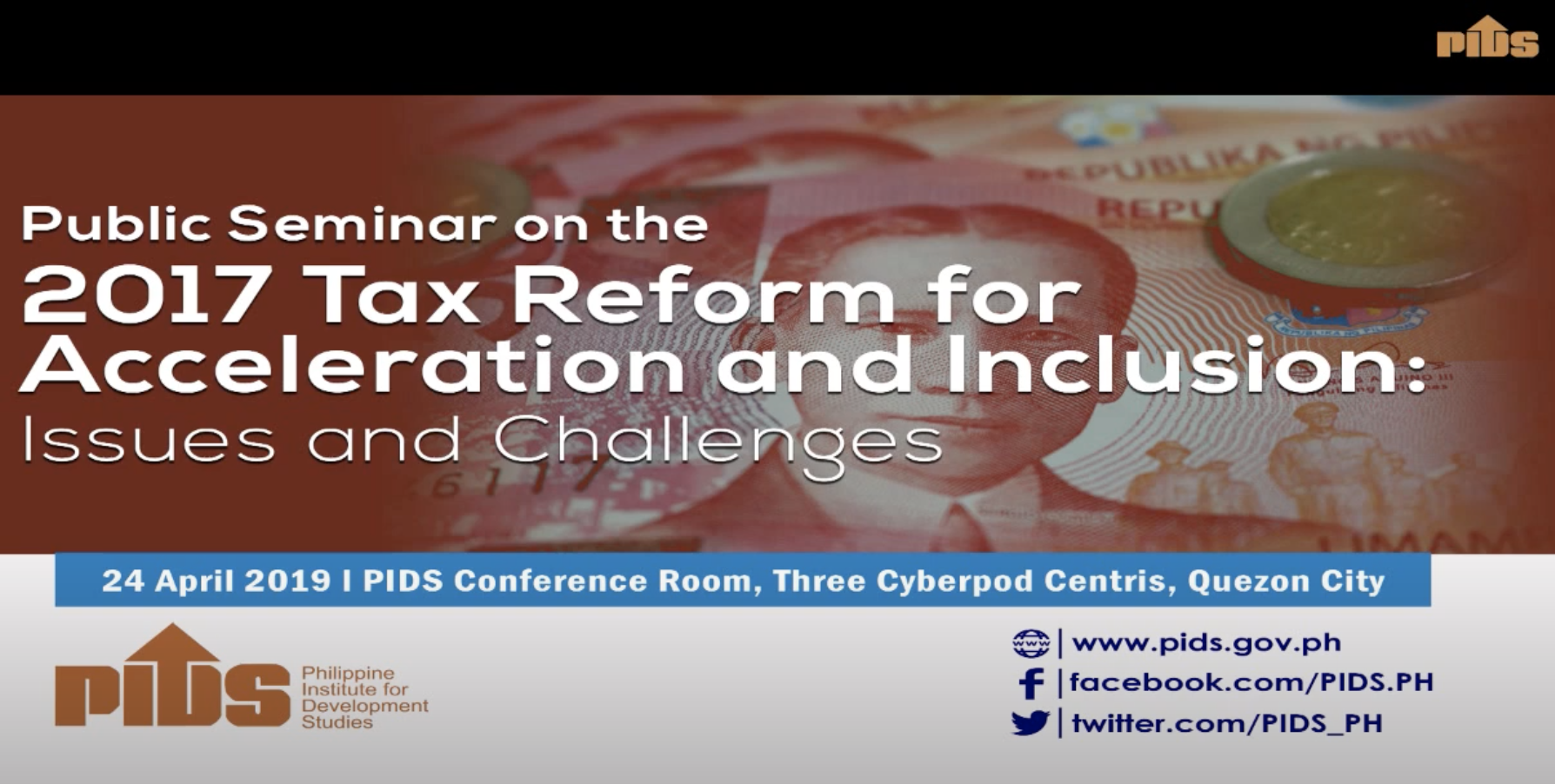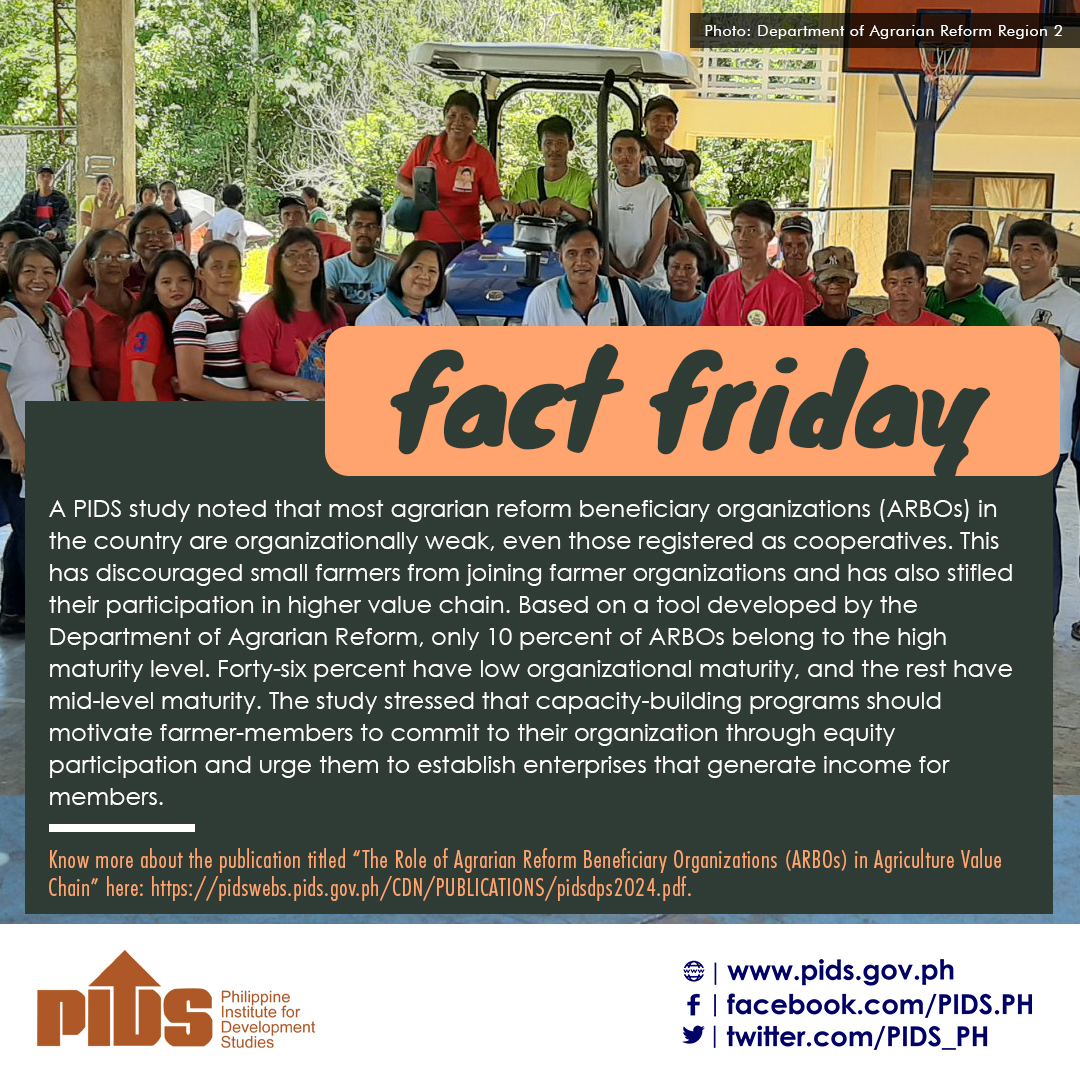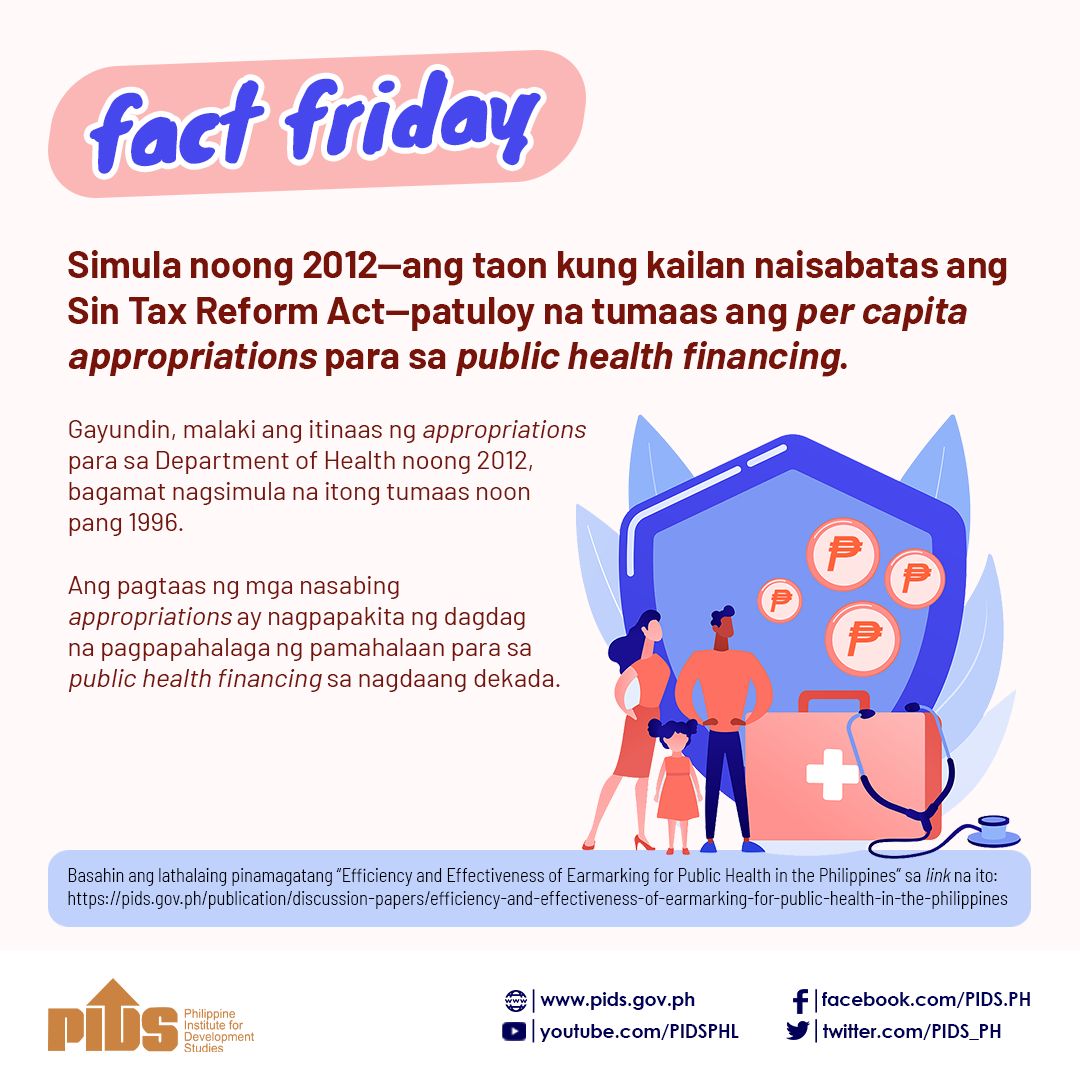Rushing into federalism will bring nothing less than trouble, and may even effectively neutralize the administration’s other initiatives—specifically the Build, Build, Build program and the Comprehensive Tax Reform Program (CTRP).
At its core, both Build, Build, Build and CTRP intend to develop lagging regions either through infrastructure or targeted incentives.
Under the draft constitution, these powers will be taken away from the national government and granted to the federated regions.
At the very least, federalism needs to wait for the ambitious infrastructure project to be finished and for the expansive tax reform to take root.
CTRP’s goal is to make the tax system simpler, fairer and more efficient.
However, by adding more levels of bureaucracy, federalism may just be acting counter to that.
Each federated region will be responsible for certain taxes, while the federal government will still be collecting the majority of the revenues.
Implementation will be the key, of course, but the government needs to make assurances that corruption and inefficiency will be addressed.
In addition, the rationalization of incentives proposed under Package 2 of CTRP will need careful application under a federal government.
In the draft constitution, the federated regions are responsible for trade development and economic zones while the federal government will be responsible for national socioeconomic planning.
The only provision in the draft constitution is that the State shall provide incentives to needed investments.
Will it be the job of each region to fund their own incentives, or will it come instead from the national government?
This brings us to another problem of the federal system—the allocation of the internal revenues.
Under a federal government, the federated regions will need to be autonomous and self-governing.
In the draft constitution, there are several types of taxes such as estate tax, real property tax and local taxes that will be exclusively collected by the federated regions.
Only four taxes—income taxes, excise taxes, VAT and customs duties—will be collected by the federal government and divided among the various regions.
However, according to the Bureau of Internal Revenue’s 2016 Annual Report, 58.67 percent of the total revenue collection came from income taxes, 10.38 percent from excise taxes and 21.03 percent from VAT—for a total of 90.08 percent. The remaining 9.92 percent are the taxes to be exclusively collected by the federated regions. As such, even under federalism, the bulk of the revenues will still come from the national government.
Under the Local Government Code, 40 percent of the total revenue collection is already supposed to go to the regions. As such, it changes very little in practice.
Federalism simply increases this allocation to 50 percent in exchange for leaving each region to fund their own initiatives.
Will this minimal change be worth the projected cost—ranging from P72 billion as estimated by the Philippine Institute for Development Studies to P130 billion as estimated by the National Economic and Development Authority—of the shift to a federal form of government? —CONTRIBUTED

